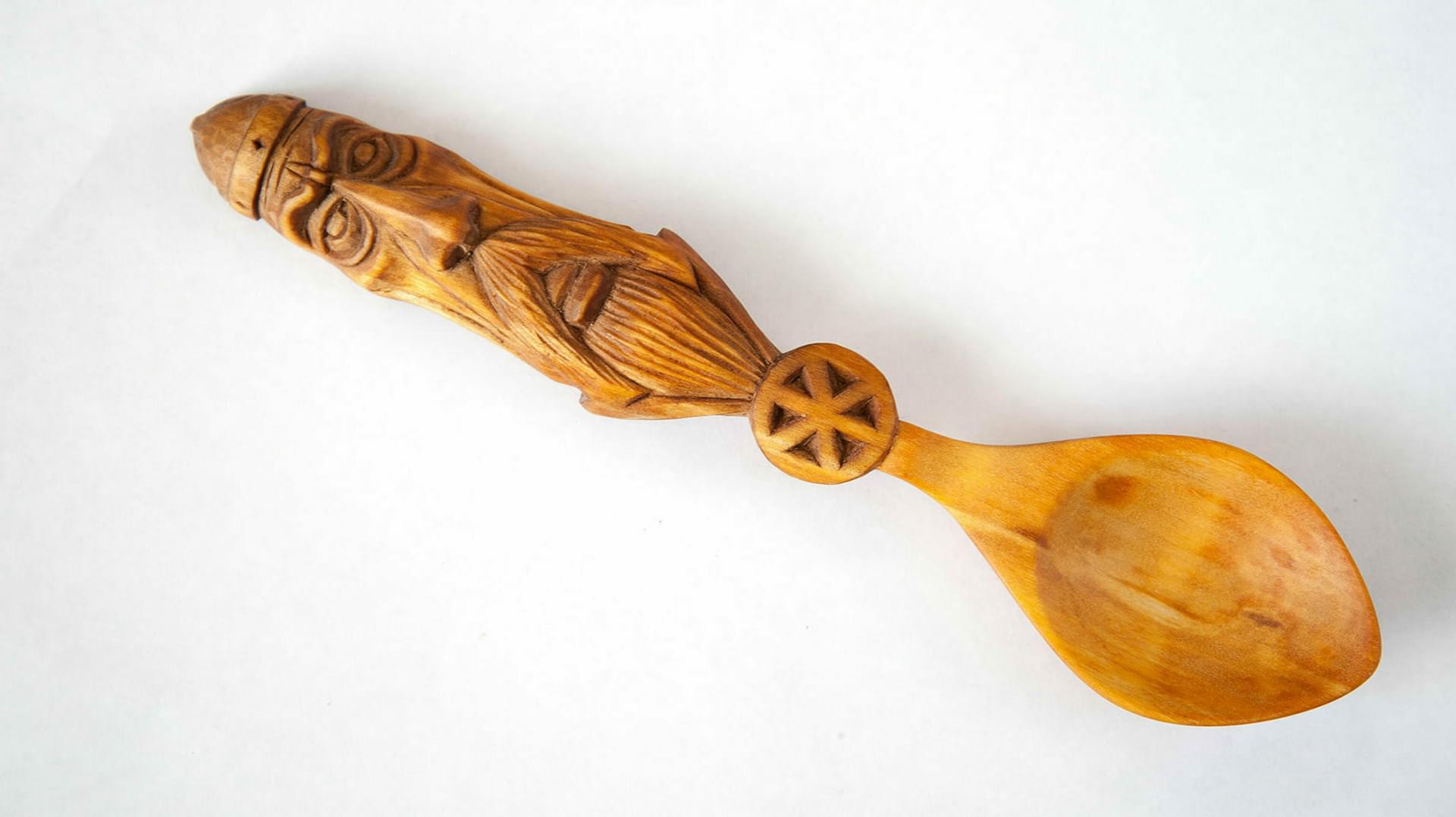DON'T TALK, JUST KISS
Roj Whitelock, Managing Partner - Jacob Bailey UK, gives us his thoughts on what makes good UX on a destination website.
Posted on:

Written by: Roj Whitelock, Managing Partner at Jacob Bailey.
Read time: 4 minutes
We have a lot to thank the swinging 60s for. Mary Quant, The Beatles and the smiley : ) Even lava lamps. But when it comes to user experience (UX) the 60s will always be remembered for KISS. No, that’s not a reference to free love, it’s a simple acronym for a simple concept.
Keep It Simple Stupid.
It’s a concept accredited to Kelly Johnson, a lead aircraft engineer at Lockheed. He presented his team of designers with a selection of basic tools and a challenge. The jet aircraft they were designing had to be repairable by an average mechanic in the field under combat conditions with only those tools. Johnson realised that complexity is the enemy of speed and efficiency, attributes that are life-saving in the theatre of war. He wanted his aircraft to present self-evident engineering systems that were easy to understand and quick to fix. And so, KISS was his design mantra.
Of course, it’s not a new idea. From our primitive ancestor carving out the world’s very first spoons to an excited millennial hitting the home button on the first iPhone in 2007, simplicity has been the holy grail of self-evident design. UX is absolutely defined by this.
But simplicity is notoriously hard to achieve. It’s time-consuming.
Simplicity is complex.
Winston Churchill was a great believer in simplicity. He liked to quote Blaise Pascal’s letter to a friend that started, “I didn’t have time to write a short letter, so I wrote a long one instead.” He knew that achieving simplicity was very hard. He understood that it required what Bertrand Russell called, “The painful necessity of thought.” Or as Maurice Saatchi put it, “Simplicity is more than a discipline, it is a test. It forces exactitude or it annihilates. It accelerates failure when a cause is weak and it clarifies and strengthens a cause that is strong.”
So just how do we go about keeping things simple? Over to you Antoine de Saint-Exupéry.
“Perfection is achieved not when there is nothing more to add, but when there is nothing left to take away.” - Antoine de Saint-Exupéry.
When it comes to UX design there are some tried and tested techniques for stripping away the superfluous, achieving ruthless simplicity. Here are four ways to build a self-evident UX that sits securely in the DestinationCore toolbox. And in the spirit of KISS, they all begin with R.
Re-Organise
If your site has a lot of information and content, think about how this can be logically grouped together. Once you start to tidy all the information into neat boxes you’ll soon see what belongs together and what might actually be peripheral and superfluous. Finding a logical sequence is fundamental to self-evident information architecture. What makes sense to your users and what’s the order in which they want to do things? What are their priorities?
Reduce
It’s time to get ruthless. Now that everything is neatly organised, what can be simplified further? Can we strip away duplication? Can content be re-written to be more concise? Can content be consolidated into a simple tool or module? From a user perspective, what’s essential and what isn’t? Can data be presented better and more simply through visualisation?
Rapidity
By now we should have everything well organised and stripped back to the absolute essential for our users. The next task is to think about how we can enable them to navigate through it quickly. How efficiently can tasks be completed? Where can we reduce the number of steps on the user journey through our site? Just how easy is it to find something? Is everything obviously signposted and easy to understand? What about interaction design – does this provide the right feedback and guide the user in understanding functionality and reaching their goal?
Repetition
If you’ve ever been on your regular walk to work and fallen through an open manhole cover, you may suddenly understand the value of predictability and routine. Of course, your design absolutely cannot be boring – colour, typography, imagery, animation – all these things have a vital role to play in creating a brand experience, engagement and reward for users. But we must avoid pulling the rug from under them. Our interactive toolbox needs a rule set so that it’s obvious to users that a button is a button, a header a header and so on. Consistency is key to building self-evident systems.
Our four Rs consistently reference the most important people in this whole process of simplification. The users. They must sit at the heart of everything we do. Mary Quant summed up this relationship between form and function quite simply back in the 60s.
“I liked my skirts short because I wanted to run and catch the bus to get to work.” - Mary Quant


